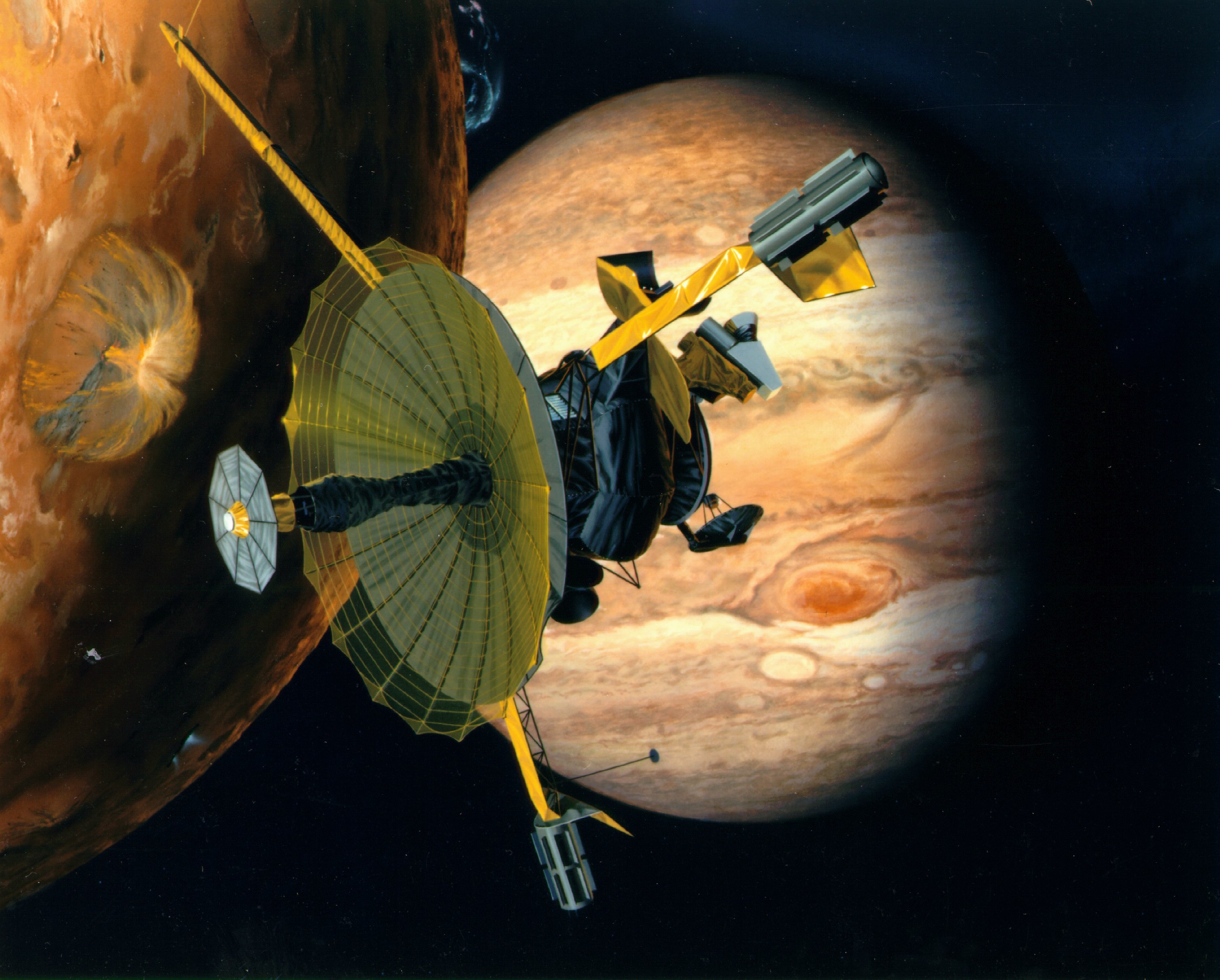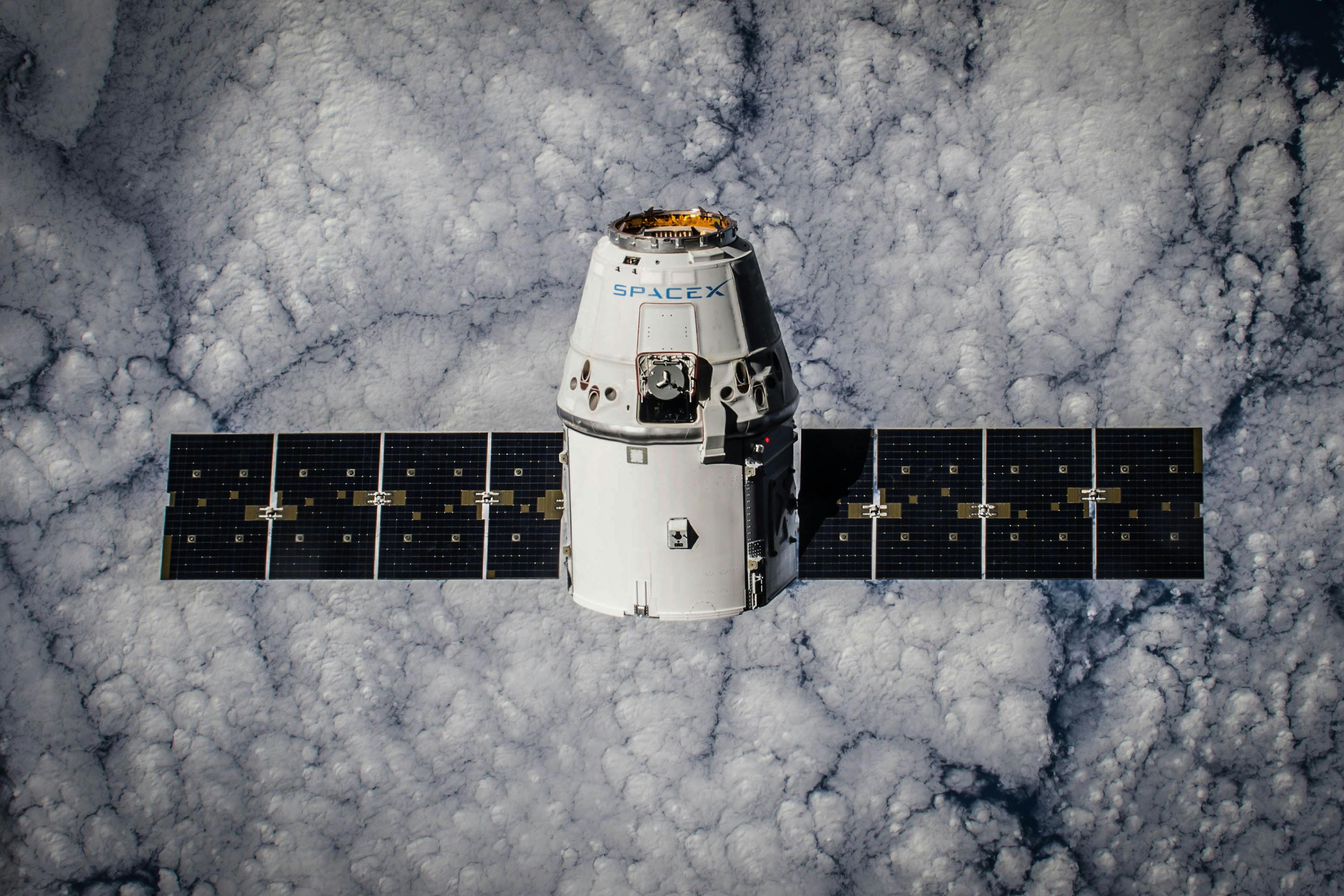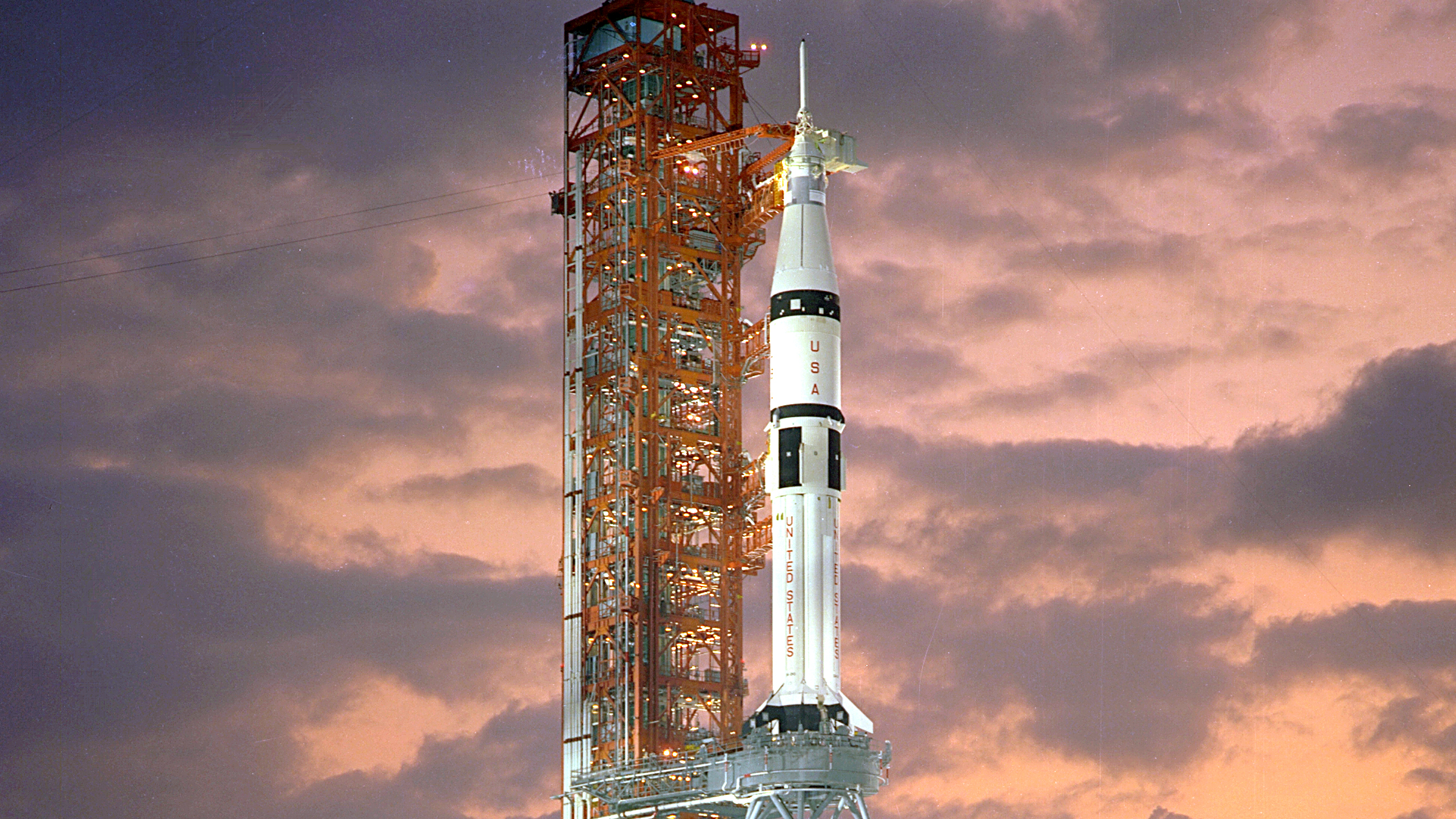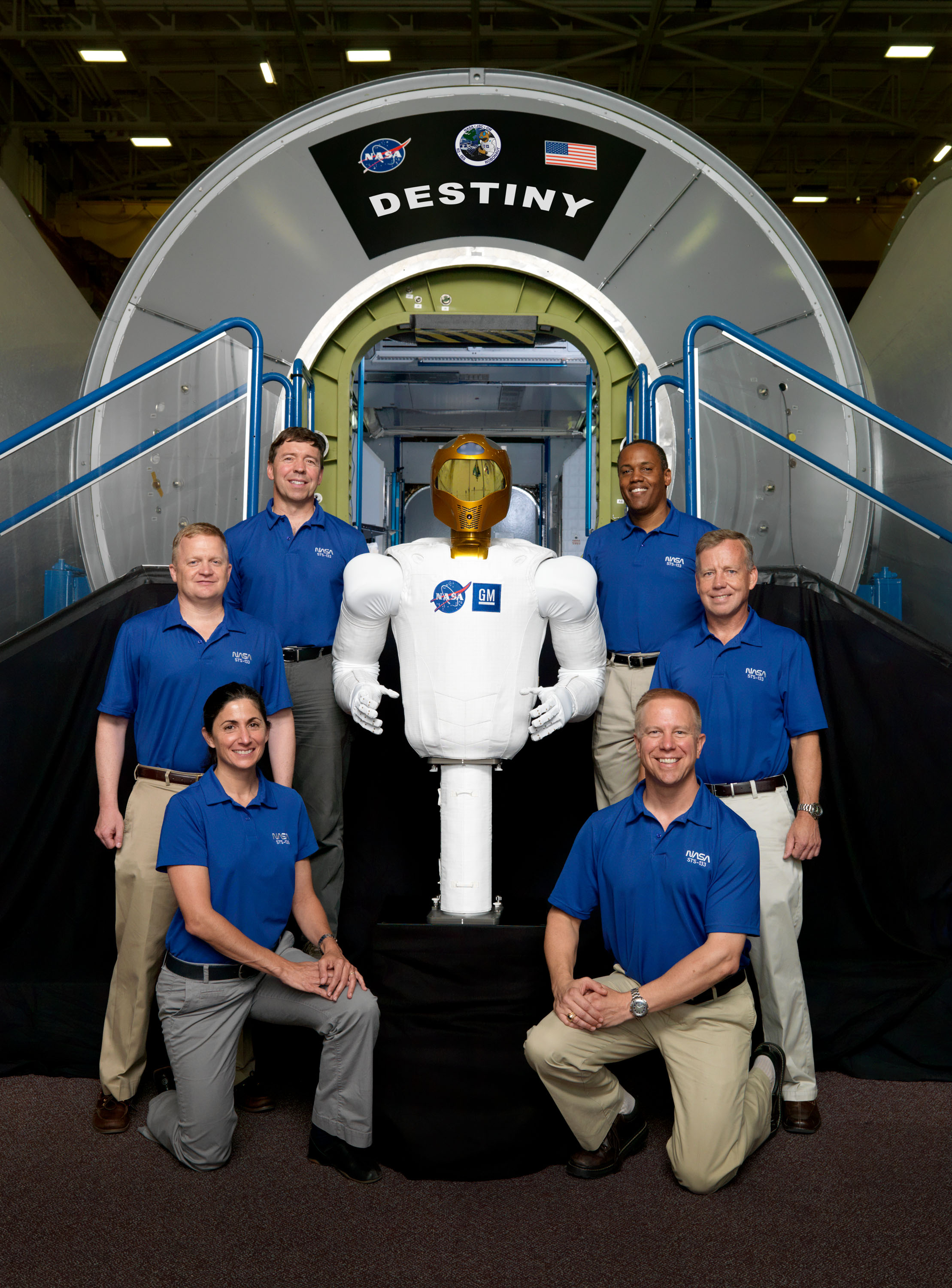· today in space history · 3 min read
The Day NASA Chose Its First Space Pioneers
Sixty-four years ago, NASA made a decision that would shape the future of human spaceflight by selecting three astronauts to compete for America's first journey into space
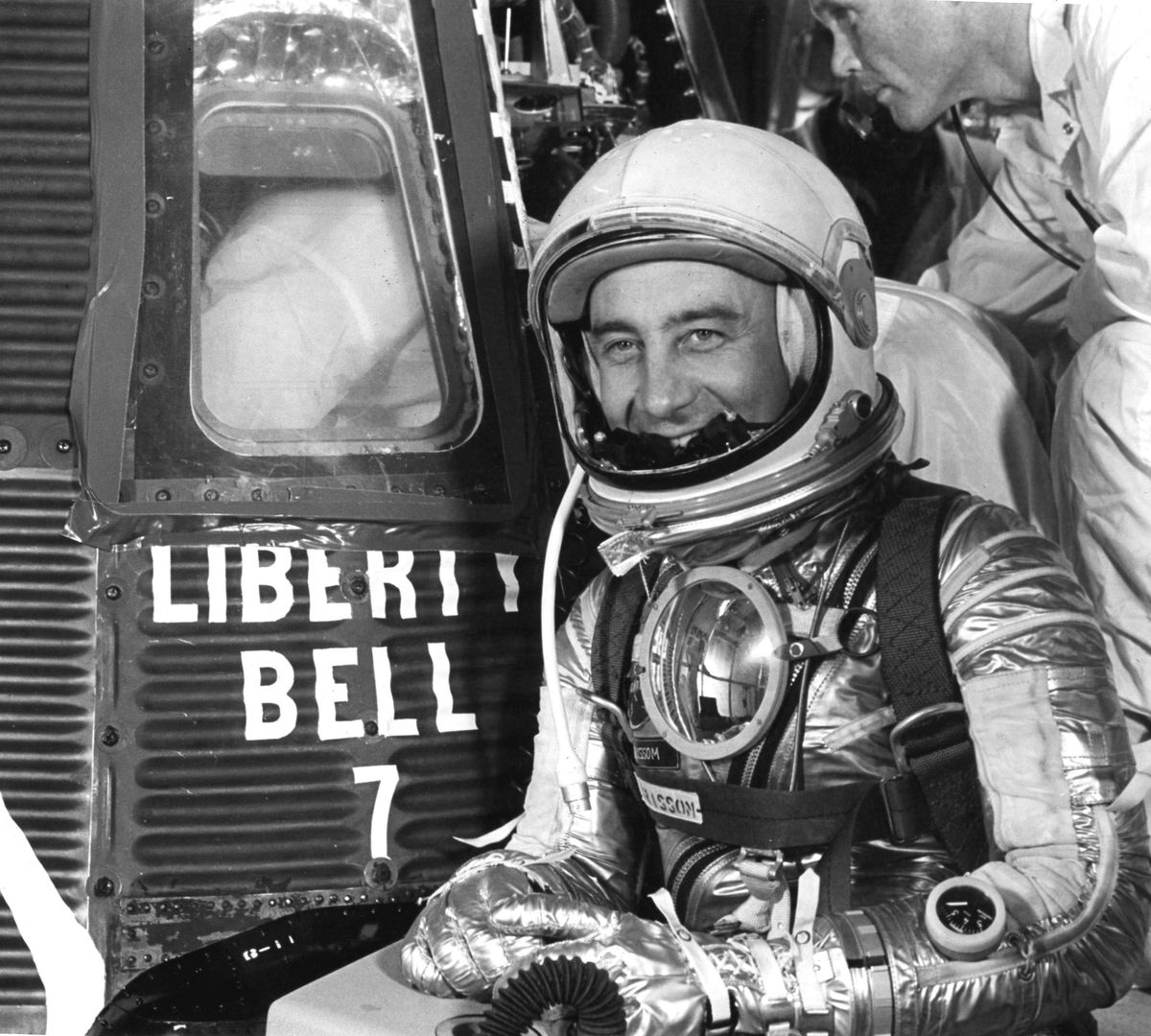
On a winter morning in 1961, NASA’s Space Task Group gathered to make a decision that would shape the future of human spaceflight. From among the “Mercury Seven” astronauts, they would select three men to begin specialized training for America’s first crewed spaceflight: John H. Glenn, Jr., Virgil I. “Gus” Grissom, and Alan B. Shepard, Jr. This crucial selection on February 21, 1961, marked the moment when America’s human spaceflight program moved from planning to imminent reality.
The Race Against Time
By early 1961, the pressure on NASA was intense. Intelligence reports suggested the Soviet Union was close to launching a human into space. The Mercury program, America’s response to the space race challenge, needed to move quickly but carefully. Selecting the first potential space pilots was a critical step toward proving American technological capabilities during the height of the Cold War.
Choosing the First Space Pioneers
The selection process focused on more than just flying skills. These men would need to demonstrate extraordinary physical and mental resilience, technical understanding, and the ability to perform under unprecedented conditions. From the already elite Mercury Seven, Glenn, Grissom, and Shepard stood out for their combination of test pilot experience, technical aptitude, and psychological stability.
The Men Who Would Make History
Each of the selected astronauts would go on to write their own chapters in spaceflight history. Alan Shepard would become the first American in space on Freedom 7. Gus Grissom would pilot Liberty Bell 7, becoming the second American in space. John Glenn would achieve perhaps the most famous milestone, becoming the first American to orbit Earth in Friendship 7.
Technical Challenges and Innovations
The selection marked the beginning of an intensive training period that would push both the astronauts and the Mercury spacecraft to their limits. The chosen pilots would need to master complex systems, understand orbital mechanics, and prepare for every conceivable emergency. Their input would prove invaluable in finalizing the Mercury capsule’s design and operation procedures.
Legacy for Modern Spaceflight
The process established for selecting and training these first Mercury astronauts created a template that NASA would refine and build upon for decades. Modern astronaut selection still reflects many of the principles established during this pioneering period, though now embracing a much more diverse pool of candidates with a broader range of expertise.
Looking Forward
Today, as we enter a new era of commercial spaceflight and prepare to return to the Moon, the legacy of that February morning in 1961 continues to influence how we choose and prepare people for space missions. While the specific requirements have evolved, the fundamental qualities sought in those first Mercury astronauts – technical competence, physical resilience, and unwavering courage – remain essential for modern space explorers.
The selection of Glenn, Grissom, and Shepard for specialized training marked more than just a milestone in Project Mercury. It represented America’s first concrete step toward putting humans in space, establishing principles and procedures that would guide spaceflight for generations to come. As we look toward future missions to the Moon and Mars, we continue to build upon the foundation laid by these pioneering astronauts and the program that chose them.

Theodore Kruczek


